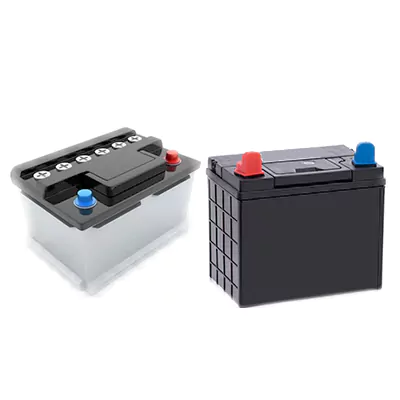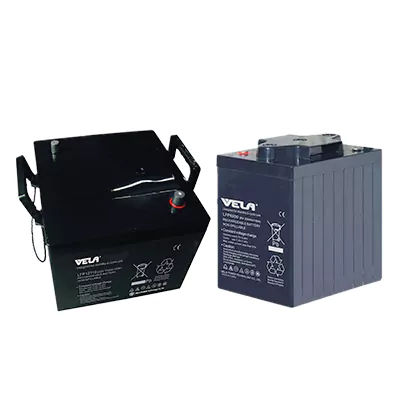
Throughout discussions of battery options, many individuals compare deep-cycle batteries with standard ones. While these are both utilized for storing energy purposes ultimately differ significantly in terms of capabilities. Specifically, the former is designed for shorter periods of quick energy discharge. The latter is geared towards providing continuous and reliable current flow over prolonged periods. Although they store energy, their respective functionalities and designs are customized for diverse uses. By examining the key features of each battery type – its strengths and weaknesses -, we can appreciate how they differ from one another. Their specific purposes will be highlighted too.
Introduction
A conventional lead-acid battery contains six interconnected cells comprising both lead and lead dioxide plates along with balanced quantities of positively charged cathodes partnered with negatively charged anodes in conjunction with sulfuric acid serving as their electrolyte solution.

How do lead-acid batteries work?
To fathom the dissimilarity between deep-cycle batteries and standard batteries, it’s crucial to grasp the fundamental principles of lead-acid batteries. When a load, such as a car’s starter motor, engulfs current from the battery, a chemical metamorphosis occurs within the battery’s cells. This transformation between the lead plates and sulfuric acid begets an electric current that enhances the load. Moreover, the current flux is inverted during recharging, successfully reviving the battery’s charge.
What is a deep-cycle battery?
While we have grasped the fundamentals of lead-acid batteries, let us now focus on the mysterious deep-cycle batteries. These batteries are not your run-of-the-mill variety – they are crafted with the intent to furnish a stable and long-lasting flow of low-power energy. Particularly in fields like recreational vehicles (RVs), boats, golf carts, and electric transportation like e-bikes, their extraordinary characteristics are visible in the circumstances requiring an endless energy source.

How do deep-cycle batteries work?
Deep cycle batteries have a special design that enables them to withstand numerous charges and discharge cycles without significantly degrading performance. They incorporate bulkier lead plates, which confer heightened robustness. With this design, longer battery life and the ability to handle the challenges of cyclic applications are guaranteed.
Advantages of deep-cycle batteries
- Enhanced durability and longer lifespan due to thicker lead plates.
- Ability to withstand deep discharges without significant performance degradation.
- Ideal for cyclic applications that require sustained power output over an extended period.
- Suitable for renewable energy systems, providing consistent power storage.
Disadvantages of deep-cycle batteries
- They are more expensive than standard lead-acid batteries.
- Less effective in applications that require high bursts of power.
- Heavier and bulkier due to the thicker lead plates.
- Require proper maintenance and periodic recharging to ensure optimal performance.
Advantages of lead-acid batteries
- Lower cost compared to deep cycle batteries.
- They are compatible with a wide range of vehicles and applications.
- Ability to deliver high bursts of power, so suitable for vehicle ignition.
- Easily rechargeable and maintainable.
Disadvantages of lead-acid batteries
- Limited discharge depth renders them unsuitable for cyclic applications.
- Susceptible to performance degradation if frequently subjected to deep discharges.
- Generally, shorter life expectancy when compared to deep-cycle batteries.
- Require regular maintenance and occasional electrolyte refills.
The Bottom Line
In essence, Vela Batteries is the go-to solution for meeting battery supply needs. We provide a wide variety of battery types to accommodate various applications. We understand that when it comes to batteries, there is no one size fits all. Understanding how each battery powers different vehicles is crucial, and we are dedicated to meeting your diverse battery supply needs.



